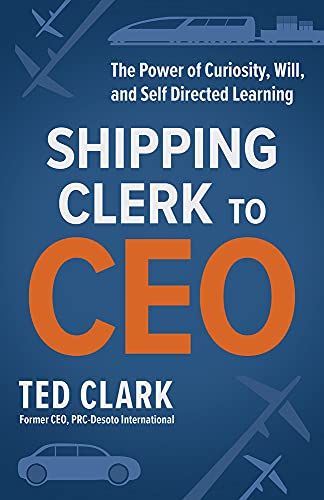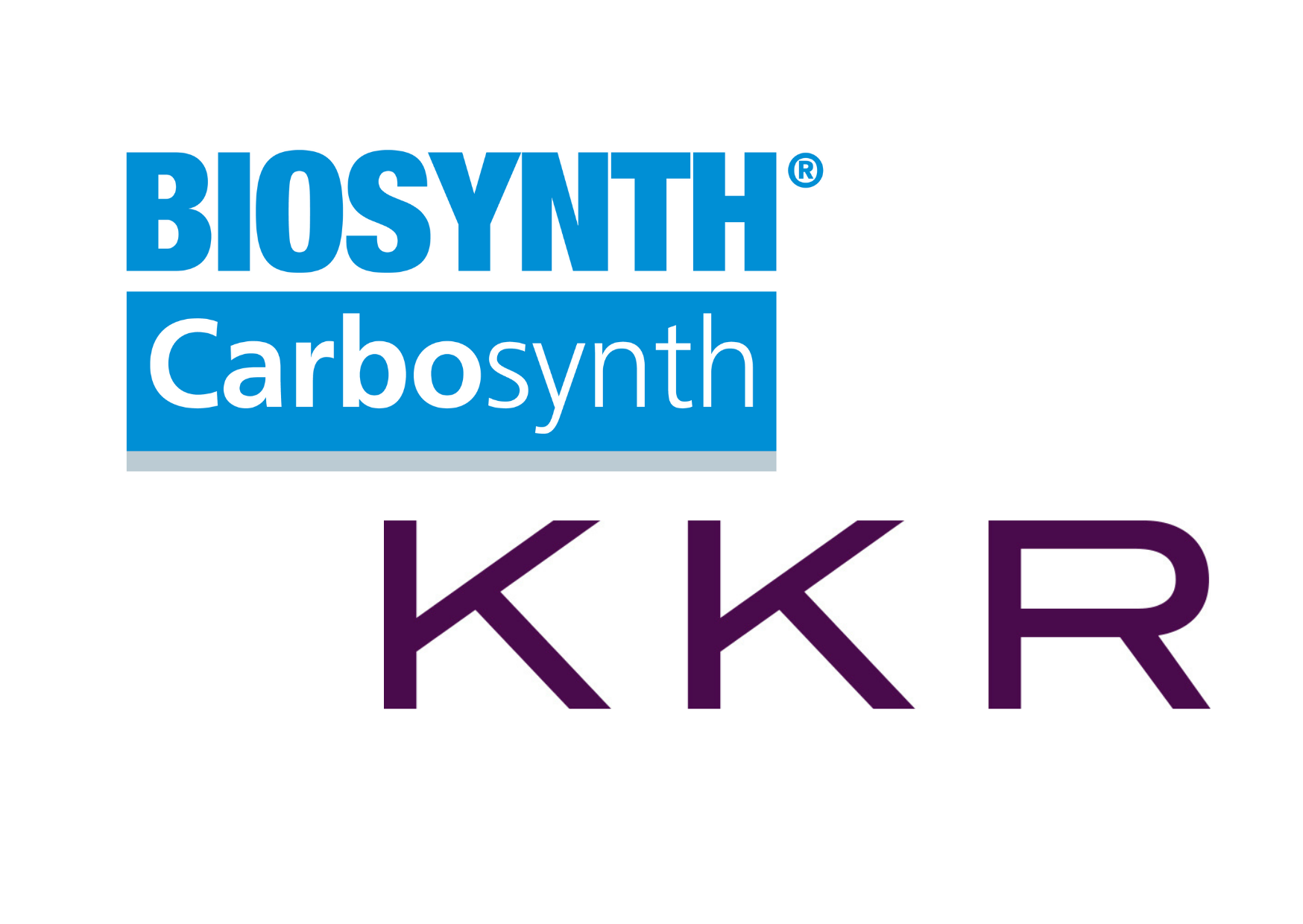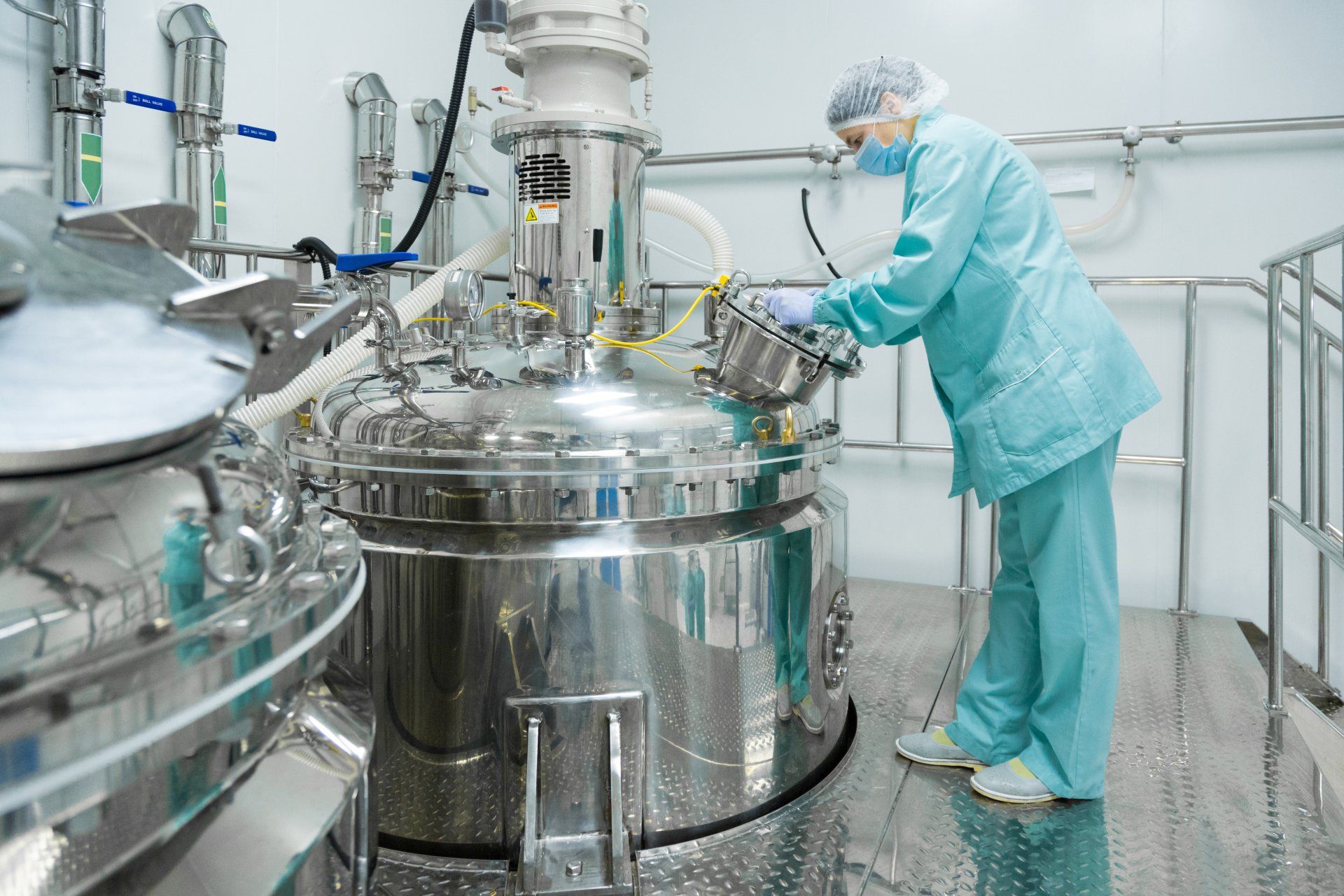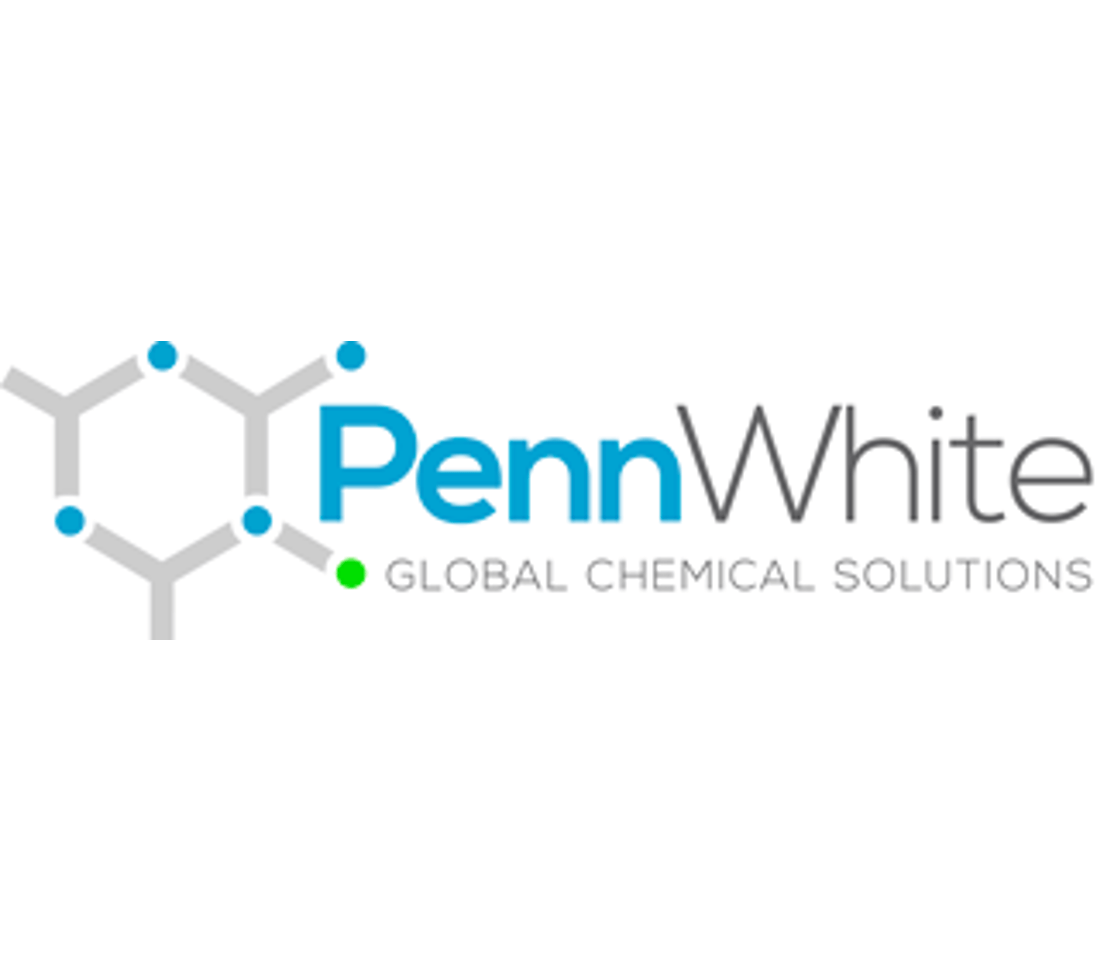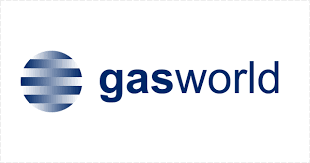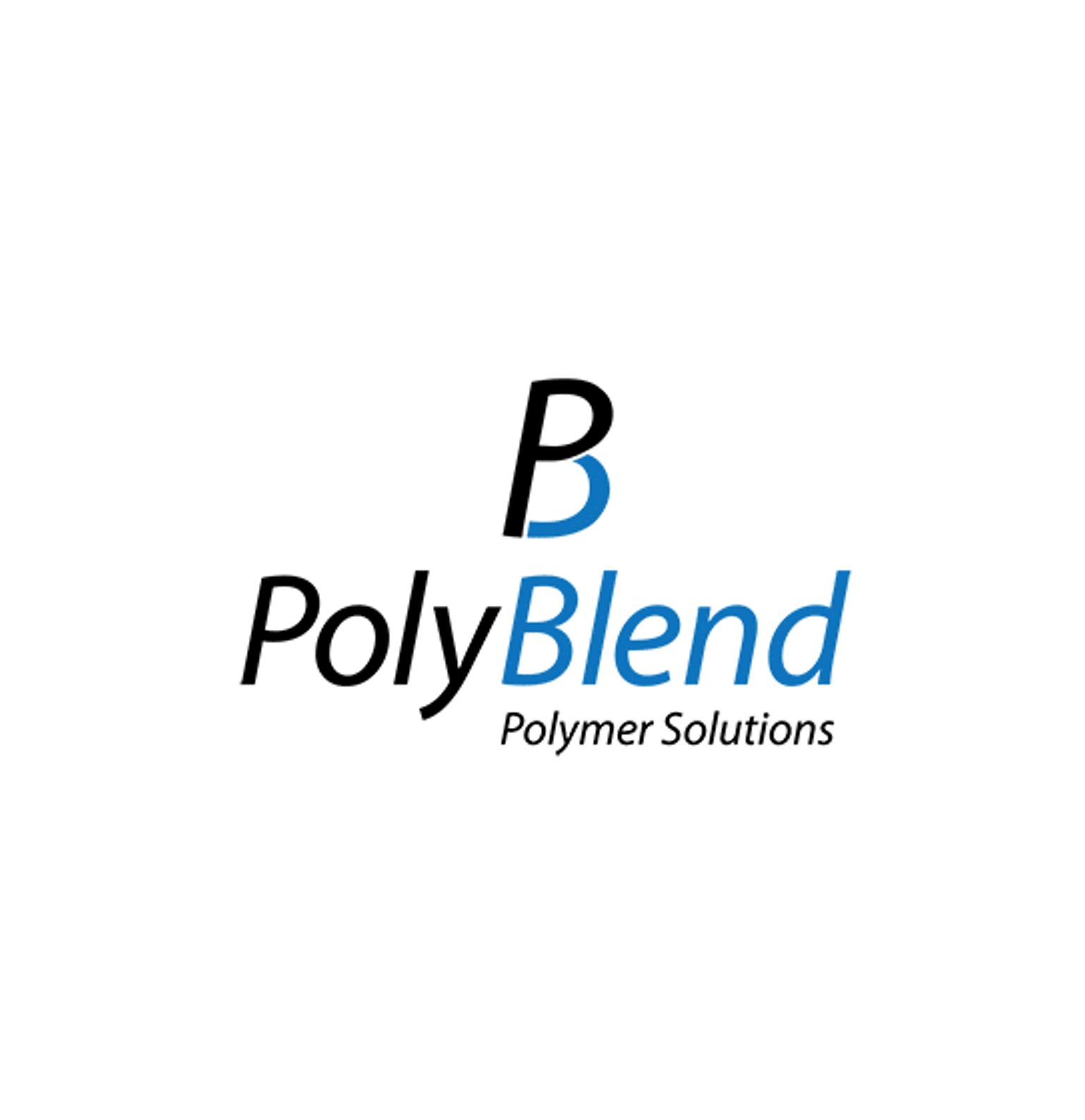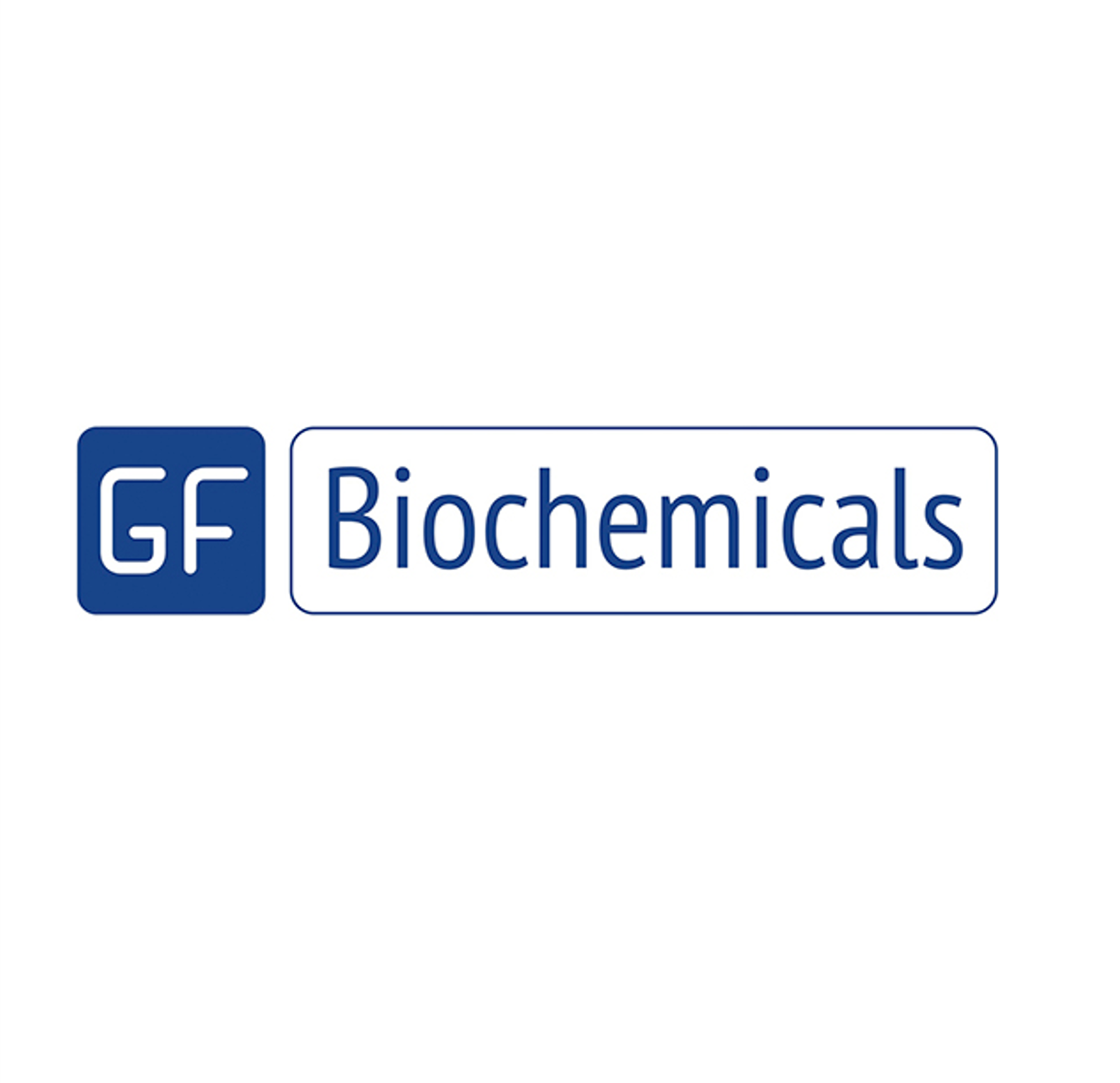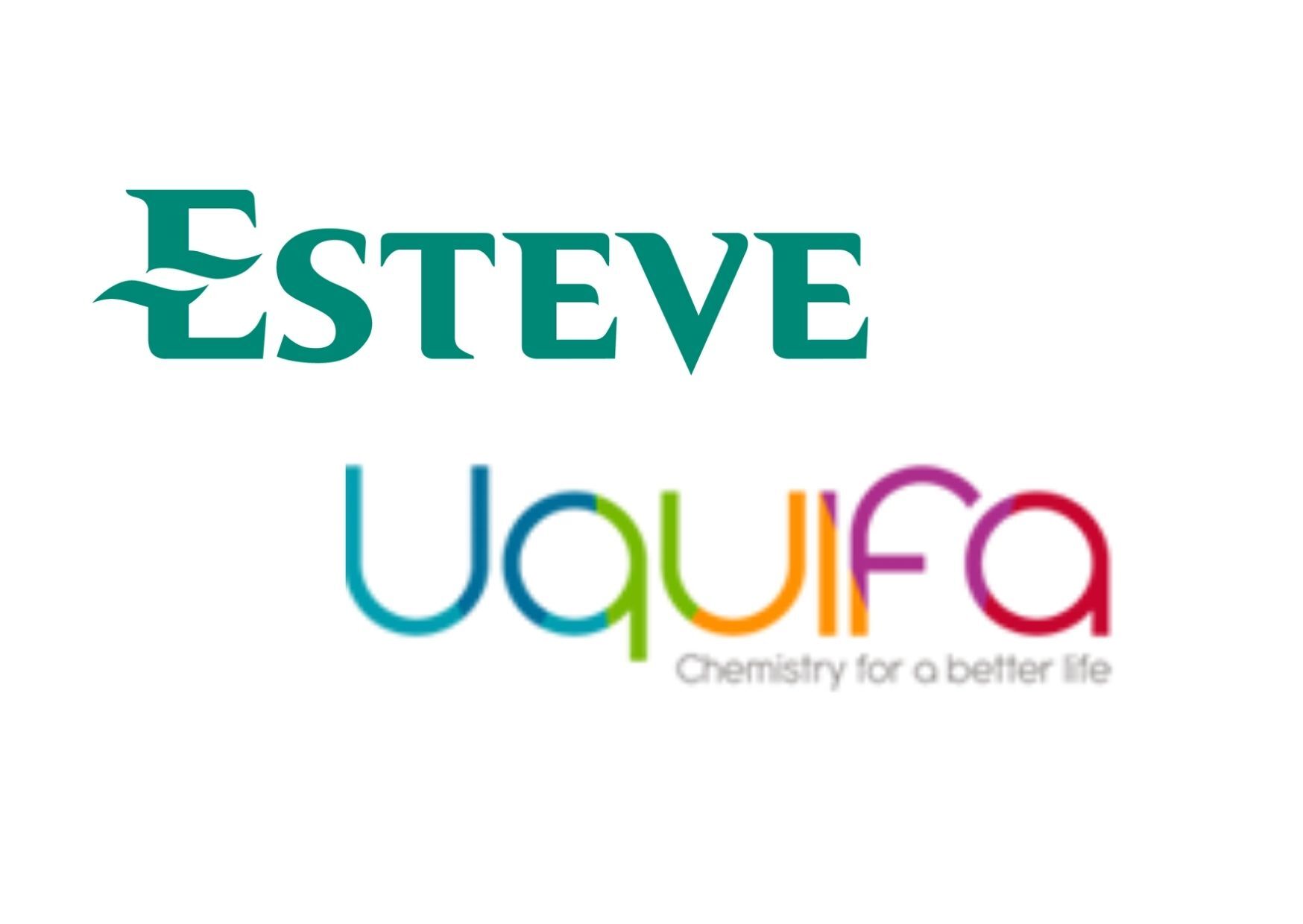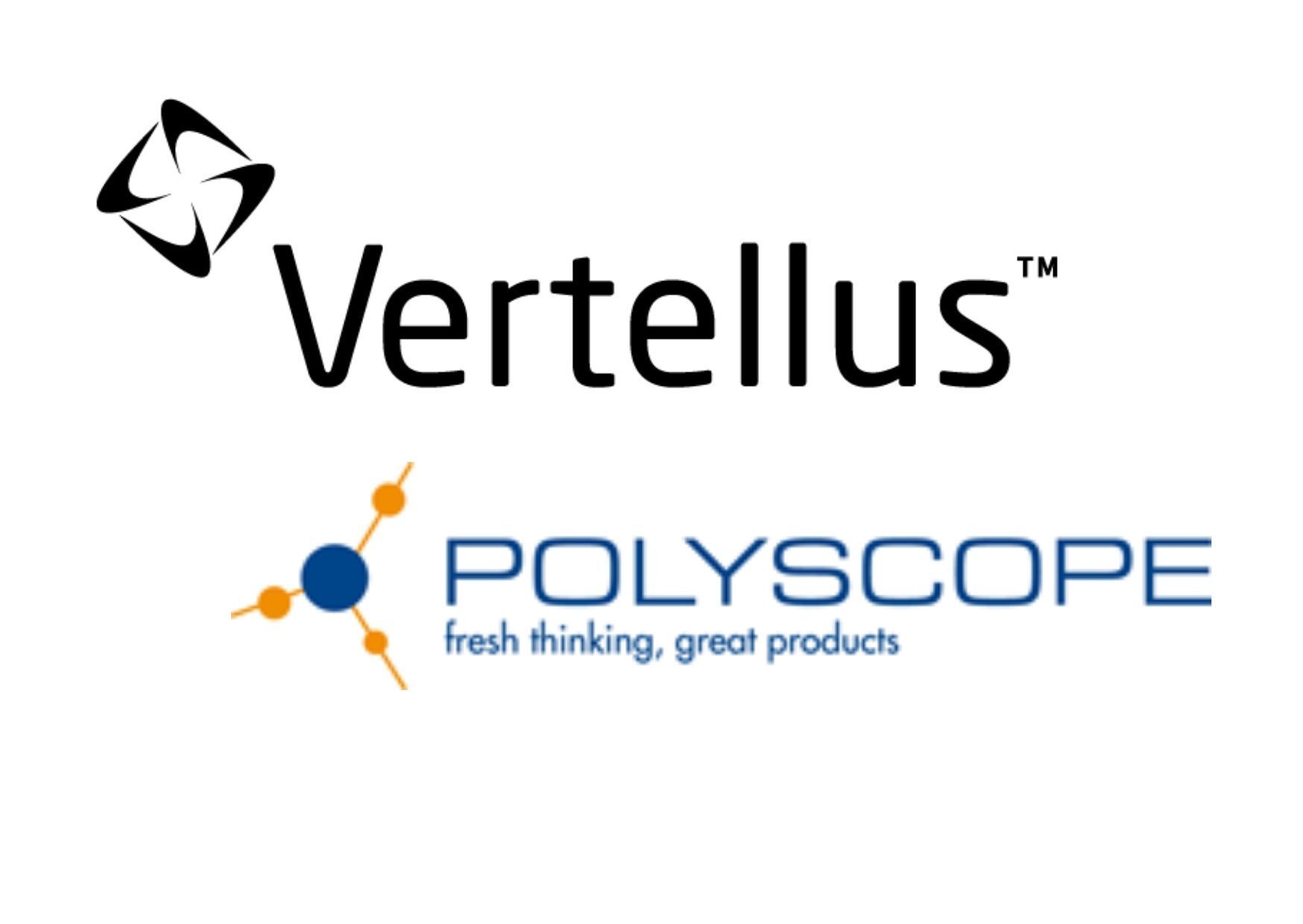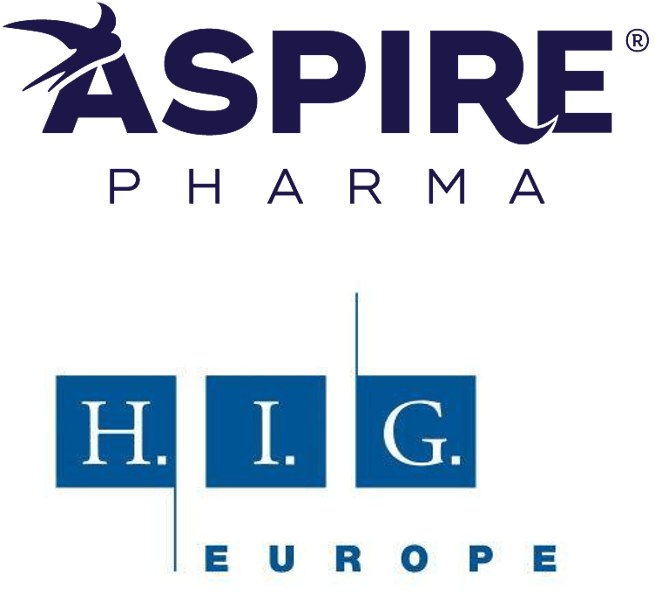How are privately-owned chemicals or life sciences companies valued?
For many founders, entrepreneurs, and family-owners, understanding how to value companies in their sector is a primary focus when considering exit options. However, whilst it is important to have an awareness of the standard toolkit of valuation models, private owners in the chemicals and life sciences sectors are missing a trick if they don’t get to grips with the underlying drivers of value and how they apply to their own unique business. When it comes down to it, “discounted cashflows”, “IRRs”, and “EBITDA Multiples” (among many other such valuation metrics) are really just mechanisms or tools for negotiation.
Putting ‘value’ in context
We should also at this point temporarily digress from the concept of ‘value’. Value is a somewhat hypothetical, abstract concept. What really matters is the price that a willing buyer pays to a willing seller. There are two fundamental drivers to the price a buyer is willing to pay:
A buyer will not pay more than:
- they believe a business is worth to them (its ‘value’ to them); and
- the minimum amount they think they have to pay to secure the deal.
Understanding these drivers (combined with a similar pair for sellers) can guide sellers on likely upper and lower price limits and provide a framework to maximise price.
Maximising price via the second driver – i.e. making buyers think they have to pay more to secure a deal – is a key theme of my previous article on price chipping and I will elaborate on this further in the future. However, for the remainder of this piece, I will focus on the first, more aspirational, ‘value’ driver.
Moving beyond the default
The most widely-used valuation technique in the chemicals and life sciences sectors (and many others) is to apply a generally accepted ‘comparable multiple’ to the most recently available historic profits of a business.
If sellers are not pro-active in taking steps to move past this approach, they risk their businesses being confined to an initial valuation which not only determines value based on historic performance (sometimes a year or more out of date), but also superimposes a generalised multiple calculated as an average over a wide range of different businesses, many of which may not be relevant to the seller’s business. There is no such thing as an ‘average’ business so this technique can only ever be, almost by definition, a very rough guide calling out to be tailored.
Whilst sellers are advised to understand the fundamentals of this model so they can identify aspects of their business that should command a premium (for instance if they have above-average revenue growth or profit margins), stopping here can mean missing out on the key part of the first driver. The key part is the “… to them …”, i.e. what is the value of your business to that specific buyer, what do they have that is complementary to your business? Valuing a business in isolation fails to take into account this additional strategic value. Of crucial importance therefore is to include the value of a business in combination with that of the buyer, i.e. synergy value. In the chemicals and life sciences sectors, where sources of synergy can be many and varied, this is of particular importance.
Demonstrating value through synergy
Synergy is derived from the reality that an acquisition represents the creation of a new entity with new properties, resources and capabilities. Under new ownership, a business may have increased access to capital for investment, greater market access, opportunities to improve profitability through cost savings, or a higher appetite for risk and accelerated expansion. Each of these factors, and many others, create value specific to each buyer’s unique profile.
Realising maximum value in an exit for a seller is typically dependent on understanding the value driving attributes and potential sources of synergy across multiple potential buyers and identifying the possible synergies with each in order to create compelling investment cases tailored to specific groups or individual buyers. In chemicals and life sciences, with their many niches, technologies, and end-markets, sector experience and an extensive network are key here.
A pro-active approach to valuation
For many owners an exit represents a once-in-a-lifetime opportunity to extract life-changing amounts of capital from their business. Valuing a chemicals or life sciences company in isolation, i.e. without looking at the value of the business in combination with the buyer’s resources, as we have seen, can constrict a seller to operate within the confines of a one-size-fits-all valuation which fails to address strategic value. If contemplating a sale or exit, sellers should take steps both to secure the standalone value of their business, and to target additional synergy value. In this way, above-average results for privately-owned chemicals and life sciences companies can be achieved.
Receive M&A news relevant to your business
At critical moments our clients engage us to provide pre-publicity "off-market" intelligence to give them the edge over the competition - we also provide up-to-the-minute public or "on-market" intelligence for free
Contact Us
RECENT POSTS
